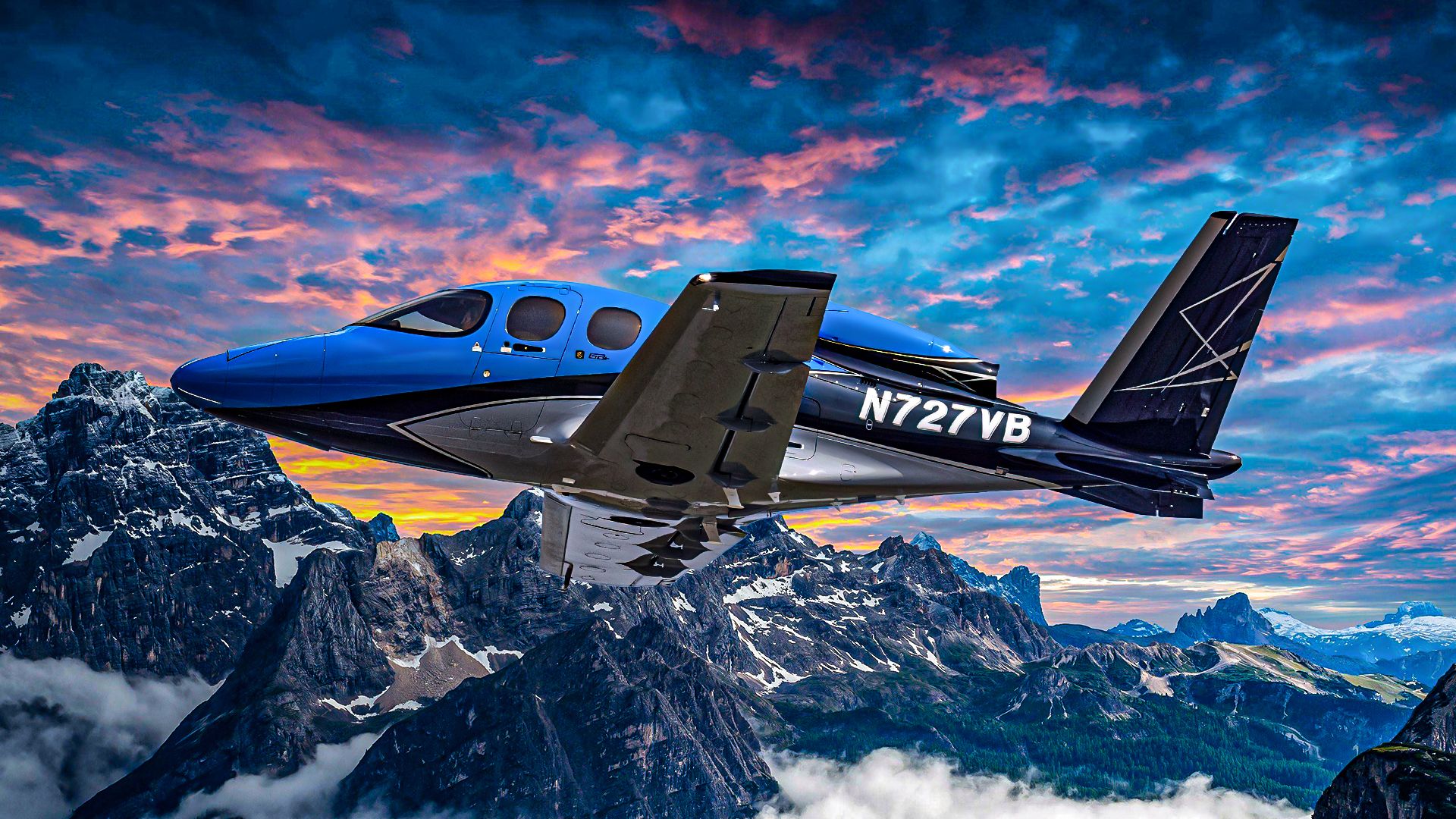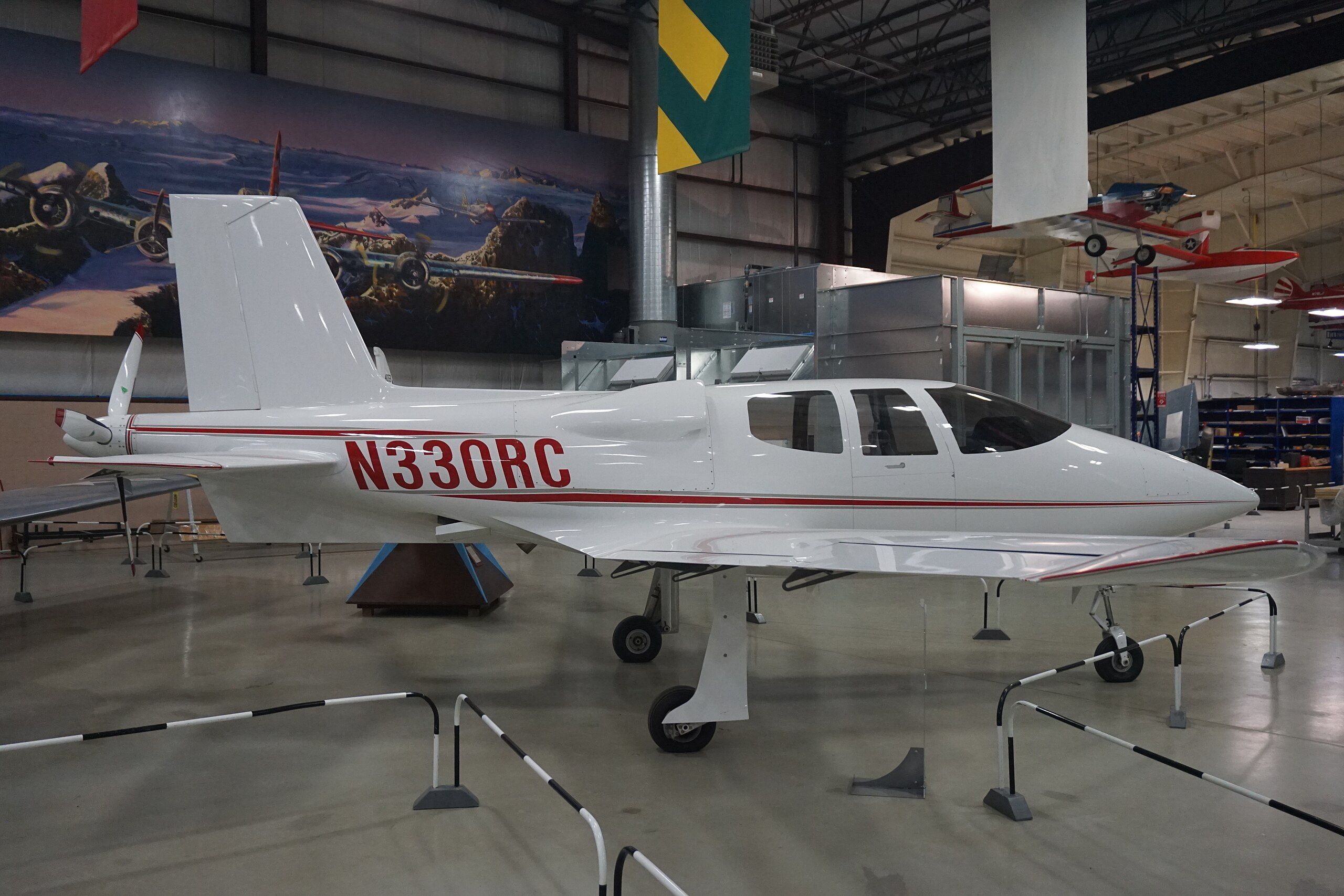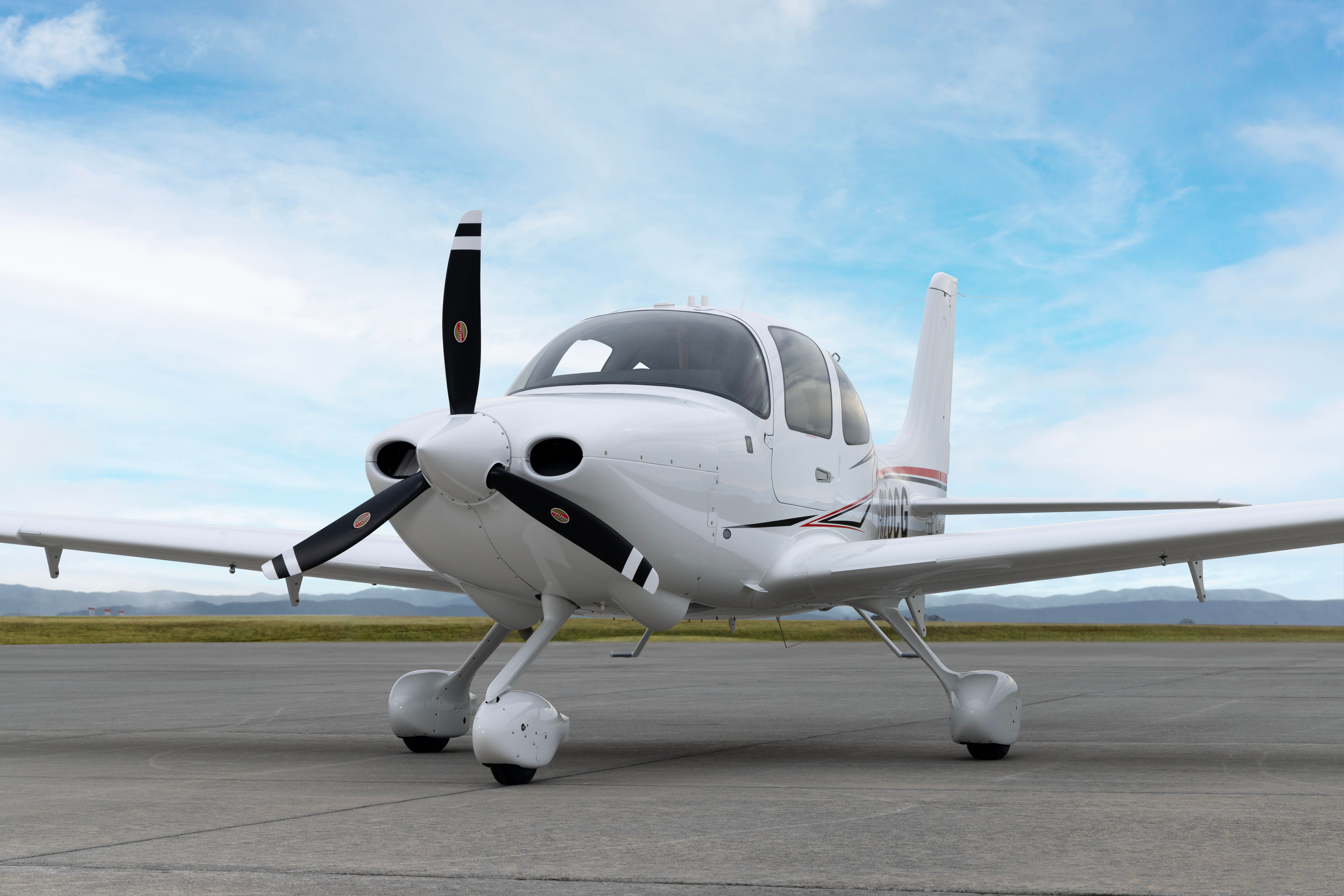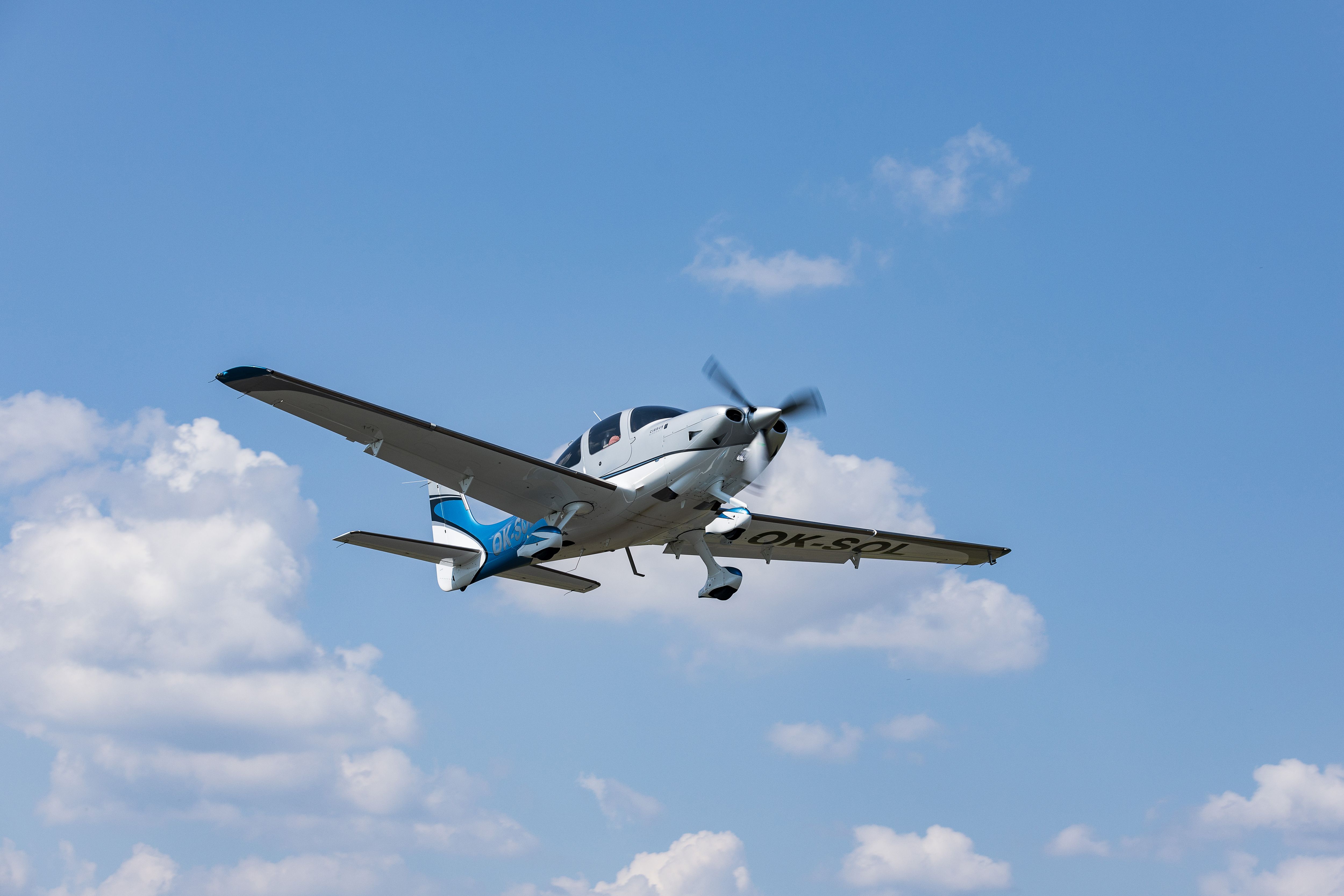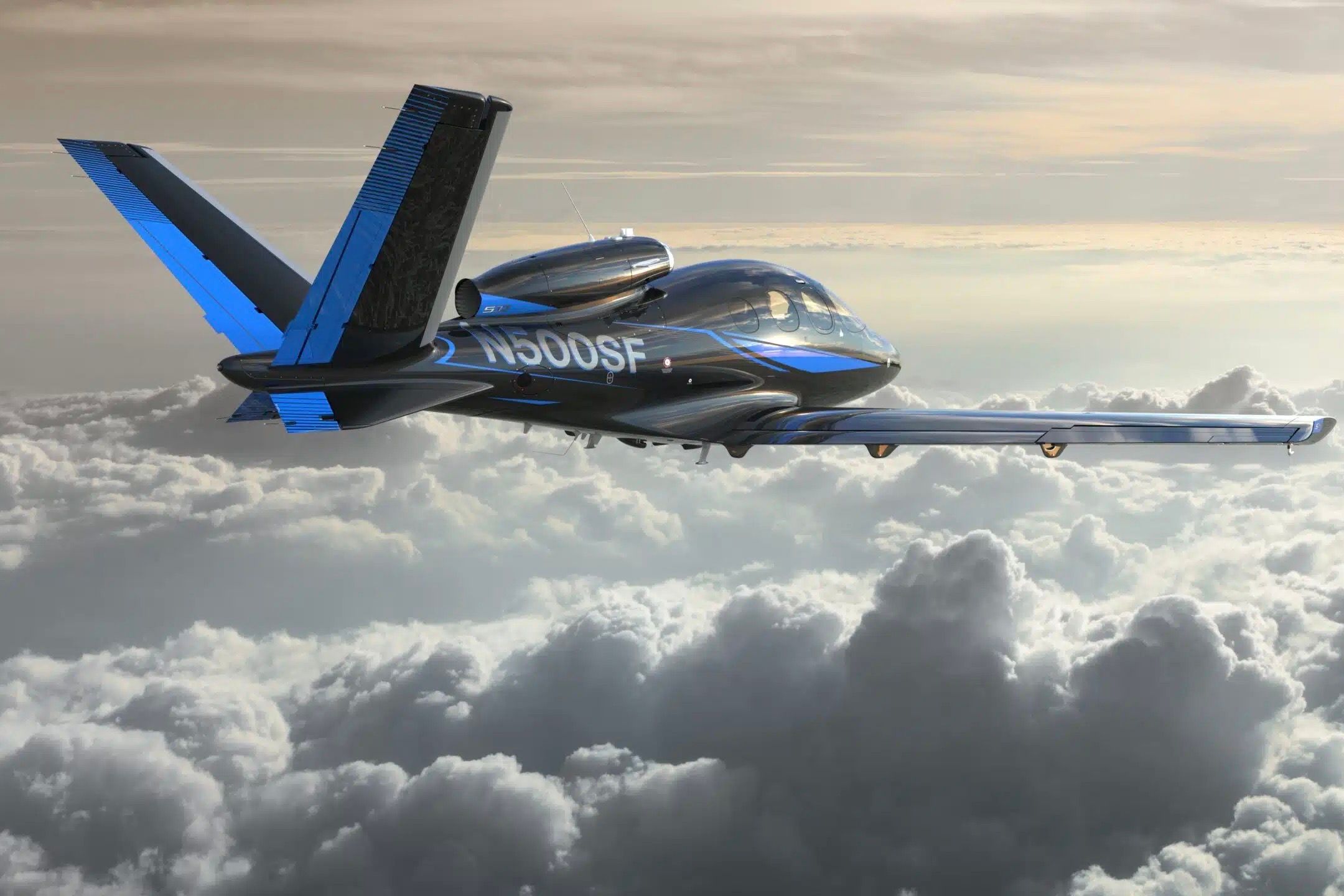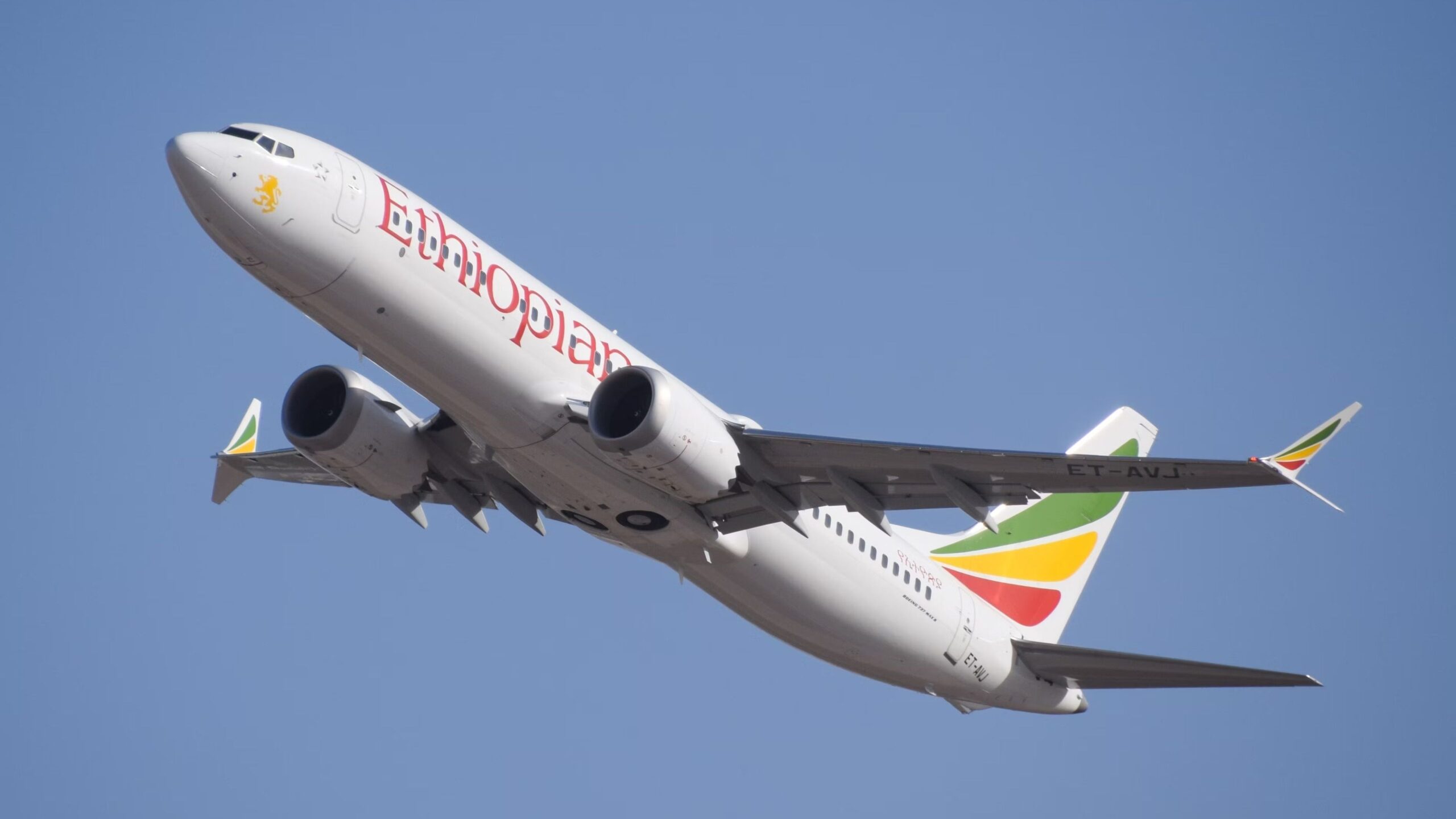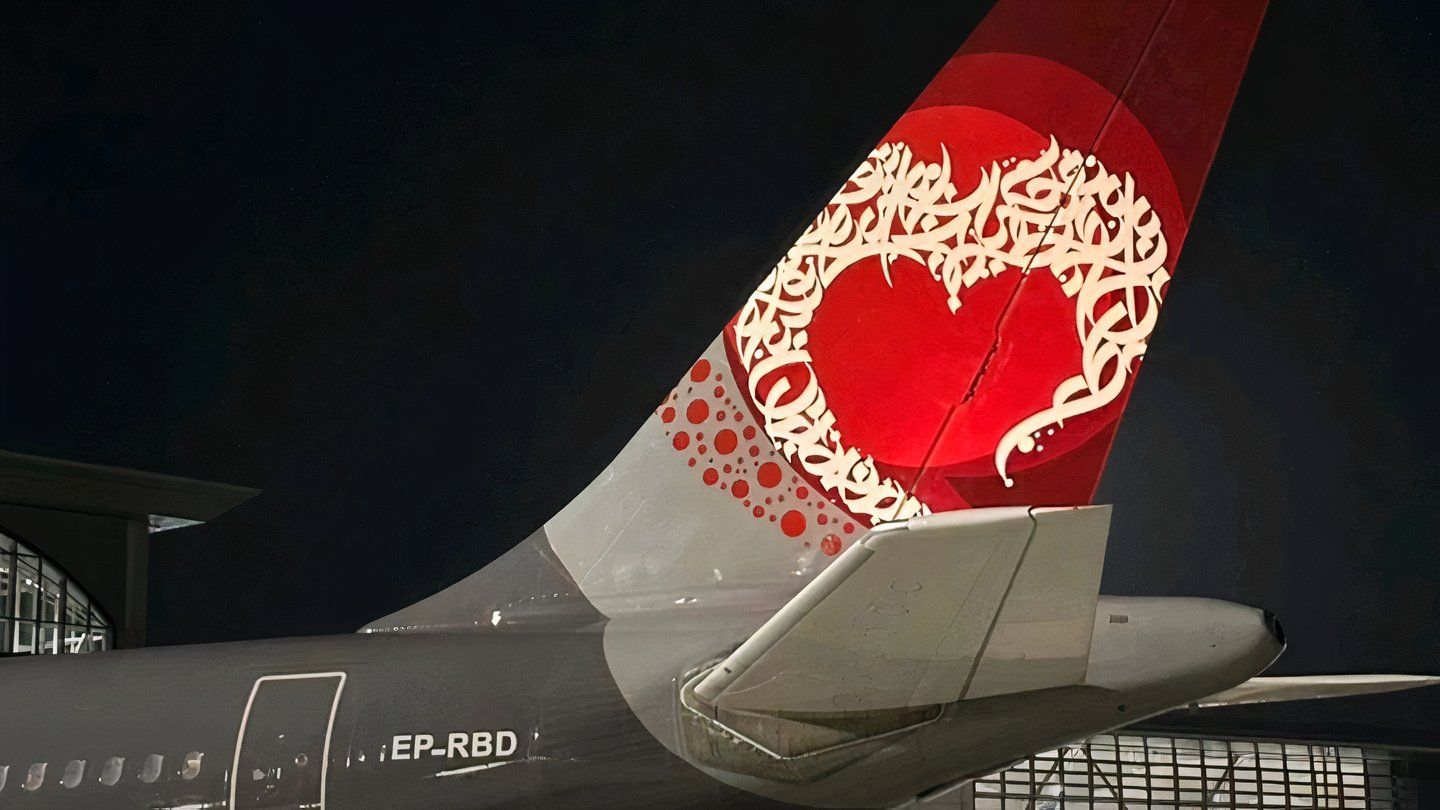Summary
- The Cirrus SR series is the world’s best-selling General Aviation aircraft, with over 10,000 examples delivered.
- Cirrus VK-30, SR20, and SR22 models have various features, including advanced avionics and the Cirrus Airframe Parachute System (CAPS) for enhanced safety.
- The Cirrus Vision SF50 (Vision Jet) is a very light jet with a Williams FJ33 turbofan engine and an emergency autoland system for added safety.
Cirrus has become a household name in General Aviation aircraft, particularly with its SR series and the latest Vision Jet. The SR22 series has been the world’s best-selling every year for the last two decades. The manufacturer has delivered nearly 10,000 examples of the SR series across multiple variants.
Simple Flying explores the various aircraft models produced by Cirrus.
1
Cirrus VK-30
Number built: 13
- Crew: One (pilot)
- Capacity: Four passengers
- Length: 26 ft (7.9 m)
- Wingspan: 39 ft 8 in (12.09 m)
- Height: 10 ft 8 in (3.25 m)
- Max takeoff weight: 3,600 lb (1,633 kg)
- Maximum speed: 247 mph (398 km/h, 215 knots) at sea level
- Range: 1,300 mi (2,100 km, 1,100 nmi)
The Cirrus VK-30 is a single-engined pusher propeller aircraft originally designed as a kit by Cirrus Design. The title VK came from its designers, Jeff Viken and Alan and Dale Klapmeier (brothers). The all-composite aircraft achieved natural laminar flow over the fuselage, wings, and tail surfaces.
Powered by a single Continental IO-550-G horizontally opposed piston engine, generating 300 horsepower (220 kW) of takeoff power. The aircraft performed its first flight in February 1988. While only a handful of kits were sold, the VK-30 became the basis of the SR20 and SR22, the best-selling General Aviation aircraft for over two decades.
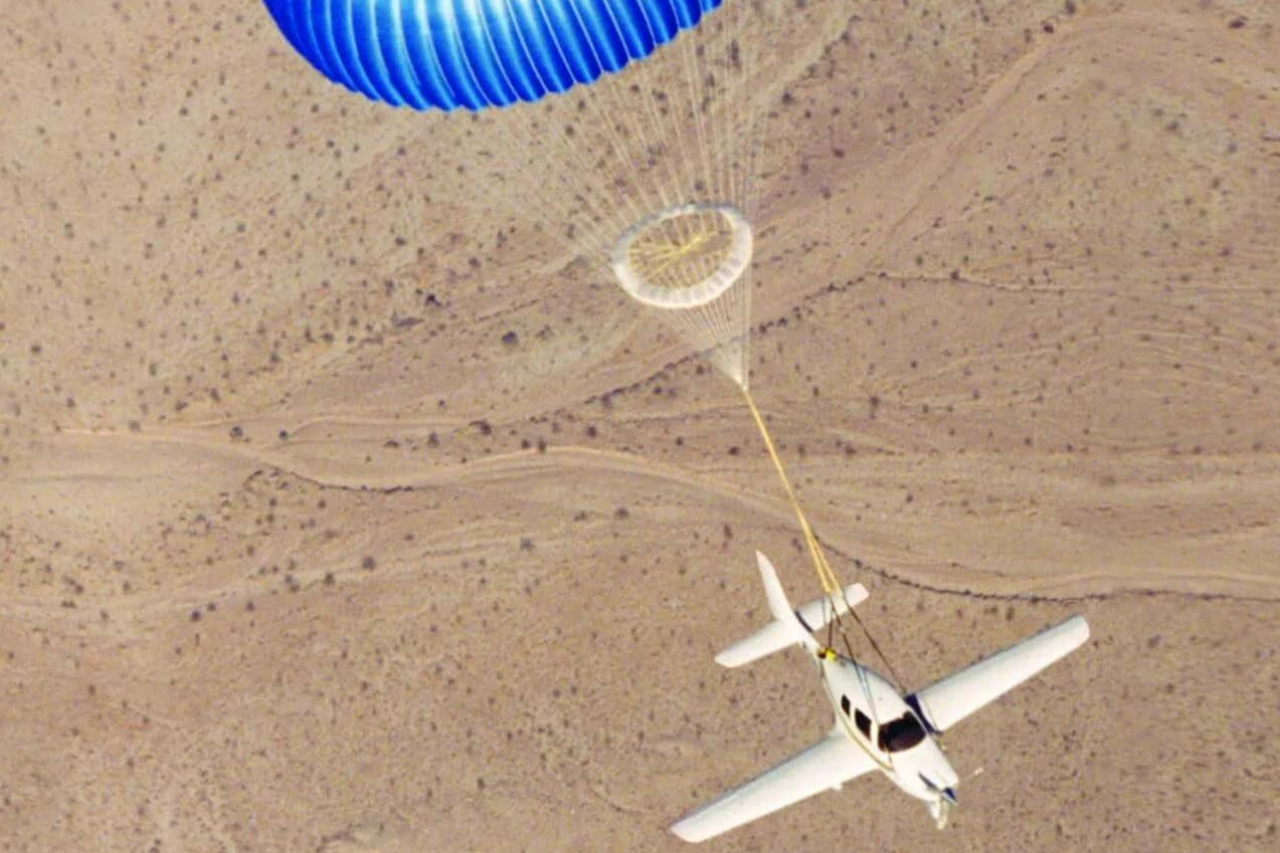
Related
The Cirrus Parachute: How Does It Work?
The whole-airframe system has saved 249 lives so far
2
Cirrus SR20
Number built: 1,811
- Crew: 1
- Capacity: 3
- Length: 26 ft 0 in (7.92 m)
- Wingspan: 38 ft 4 in (11.68 m)
- Height: 8 ft 11 in (2.72 m)
- Cruise speed: 155 knots (178 mph, 287 km/h)
- Service ceiling: 17,500 ft (5,300 m)
- Avionics: Garmin Cirrus Perspective glass cockpit. Garmin GFC700 Autopilot with Electronic Stability and Protection
The Cirrus SR20 is a single-engined composite monoplane designed and developed in the early 1990s. The four-seater aircraft performed its first flight in March 1995. The SR20 was the first General Aviation aircraft to feature a parachute to be activated in case of losing control.
Photo: Cirrus
The SR20 is powered by a single Continental IO-360-ES six-cylinder, horizontally-opposed piston aircraft engine, generating 200 horsepower (150 kW) of takeoff power. As of 2023, the manufacturer has produced over 1,800 examples of the SR-20. The popular aircraft was developed into SR-22 in the early 2000s.
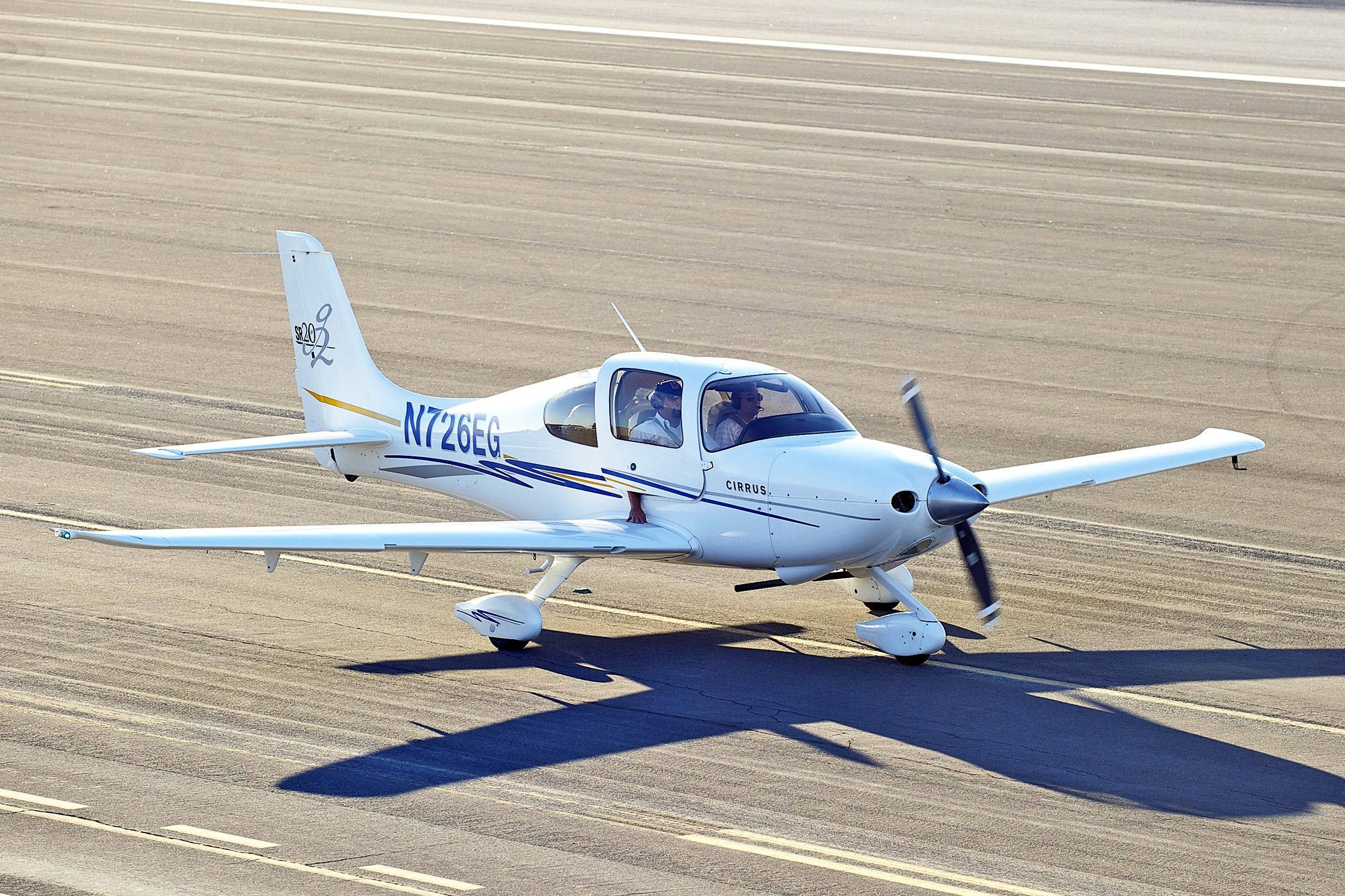
Related
Cirrus SR20: 5 Things That Have Helped The Tiny Private Plane Revolutionize Personal Aviation
The type has revolutionized the general aviation sector, introducing many safety and comfort features.
3
Cirrus SR22
Number built: 7,737
- Crew: one
- Capacity: four passengers
- Length: 26 ft 0 in (7.92 m)
- Wingspan: 38 ft 4 in (11.68 m)
- Height: 8 ft 11 in (2.72 m)
- Gross weight: 3,600 lb (1,633 kg)
- Fuel capacity: 92 US gallons (348 liters)
- Cruise speed: 183 knots (211 mph, 339 km/h)
- Range: 1,049 NM (1,207 mi, 1,943 km) with reserves at 65% power
- Service ceiling: 17,500 ft (5,300 m)
- Avionics: Garmin Cirrus Perspective integrated avionics system
The Cirrus SR22 was developed from the SR20, with a larger wing, greater fuel capacity (and operational range), and a more powerful engine. With a capacity to seat up to five people, including the pilot, the SR22 became the most-produced General Aviation aircraft of the 21st century.
Photo: Nadezda Murmakova | Shutterstock
The SR22 is powered by a single Continental IO-550-N six-cylinder horizontally opposed aircraft engine, generating up to 310 horsepower (230 kW) of takeoff power. Nicknamed “the plane with the parachute,” the SR22 is equipped with the Cirrus Airframe Parachute System (CAPS). Cirrus claims that CAPS is the
“most significant innovation in the last 50 years of aviation, CAPS provides the ultimate level of protection – there when you need it most.”
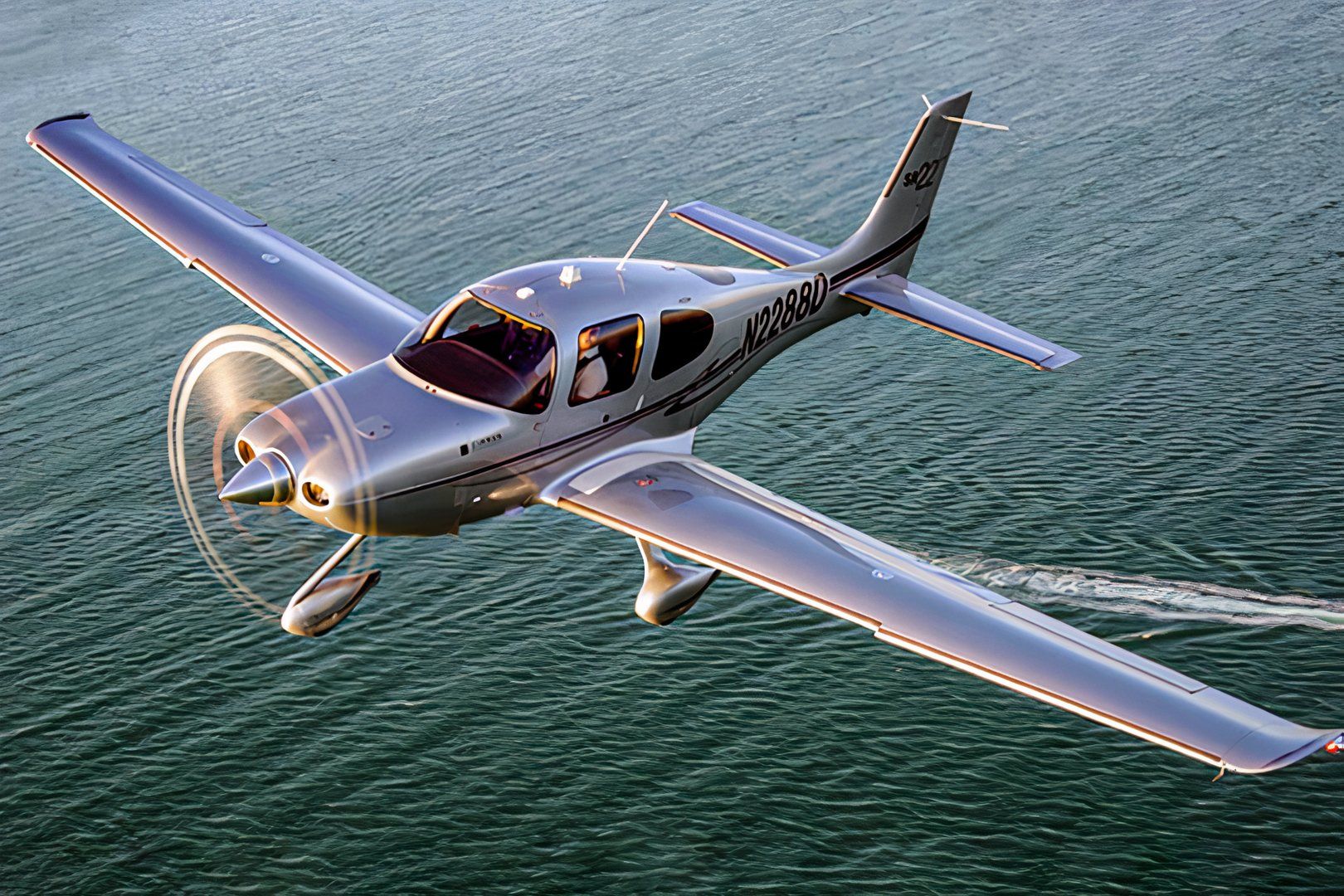
Related
A Closer Look At The Cirrus SR22 Single-Engine Aircraft
Over 7,500 SR22s have been built since its introduction.
4
Cirrus Vision SF50
Number built: 515
- Crew: one
- Capacity: six passengers
- Length: 30 ft 11 in (9.42 m)
- Wingspan: 38 ft 8 in (11.79 m)
- Height: 10 ft 11 in (3.32 m)
- Fuel capacity: 2,000 pounds (910 kg)
- Maximum speed: 311 knots (358 mph, 576 km/h) maximum cruise speed
- Cruise speed: 305 knots (351 mph, 565 km/h)
- Range: 600 NM (690 mi, 1,100 km) with 1,200 lb (544 kg) payload at max cruise
- Service ceiling: 31,000 ft (9,400 m)
- Garmin G3000-based Cirrus Perspective Touch+
The Cirrus Vision SF50, also known as the Vision Jet, is a very light jet that performed its maiden flight in July 2008. A wide range of tests were performed across various prototypes before the Federal Aviation Administration (FAA) certification was obtained in October 2016.
Photo: Cirrus Aviation
The Vision Jet is powered by a Williams FJ33 turbofan engine, which generates 1,846 lbf (8.21 kN) of takeoff thrust. The low-wing cantilever aircraft features a V-tail and a retractable tricycle landing gear. It is also equipped with an emergency autoland system, which enhances safety.
According to Cirrus,
“The combination of the Cirrus Airframe Parachute System® (CAPS®) and Safe Return™ emergency autoland provides the ultimate level of safety and assurance – exclusively available in the Vision Jet.”
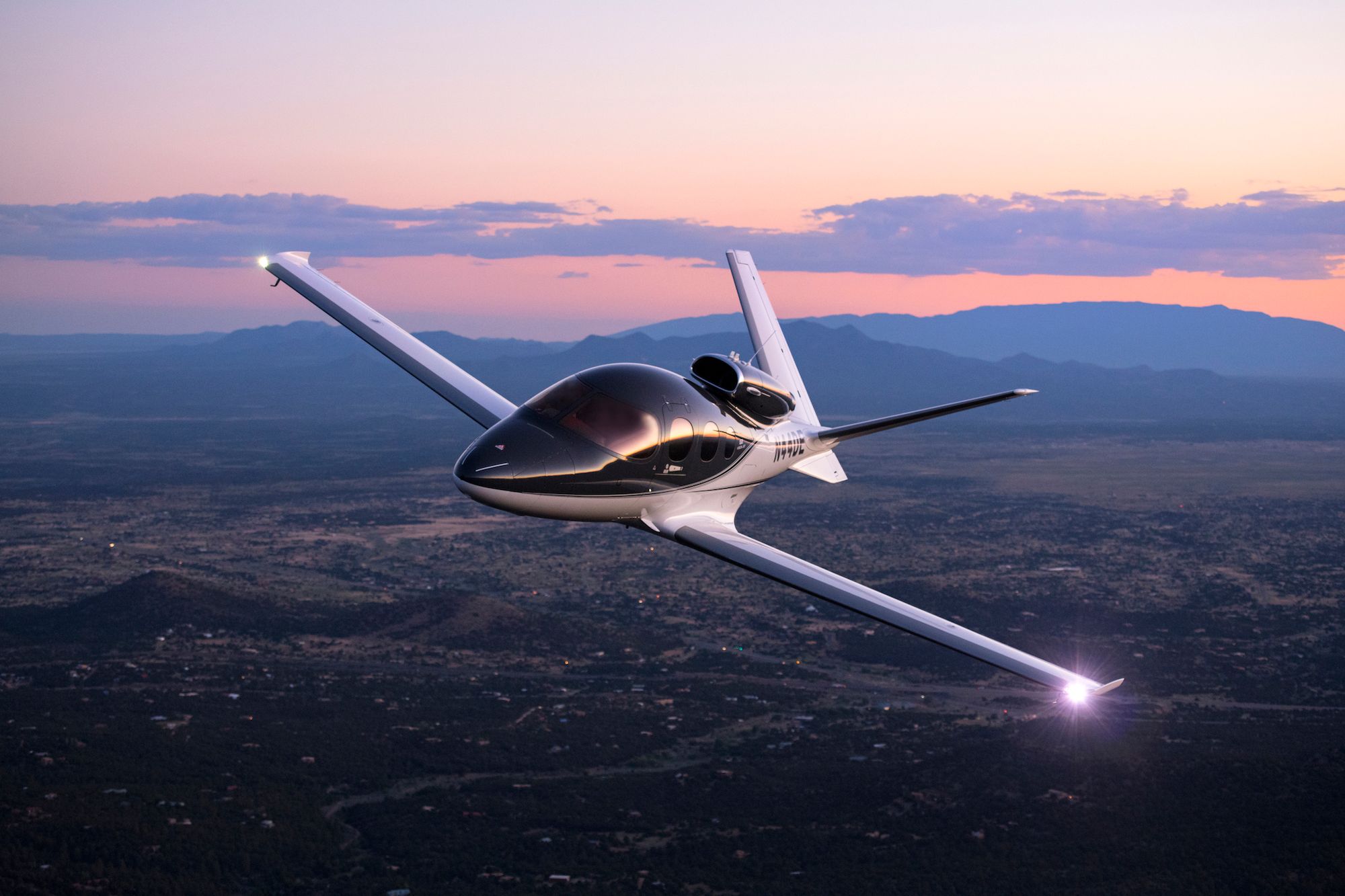
Related
Small But Mighty: The Story Of The Cirrus Vision SF50
Everything you need to know about the Cirrus SF50 Vision Jet.

